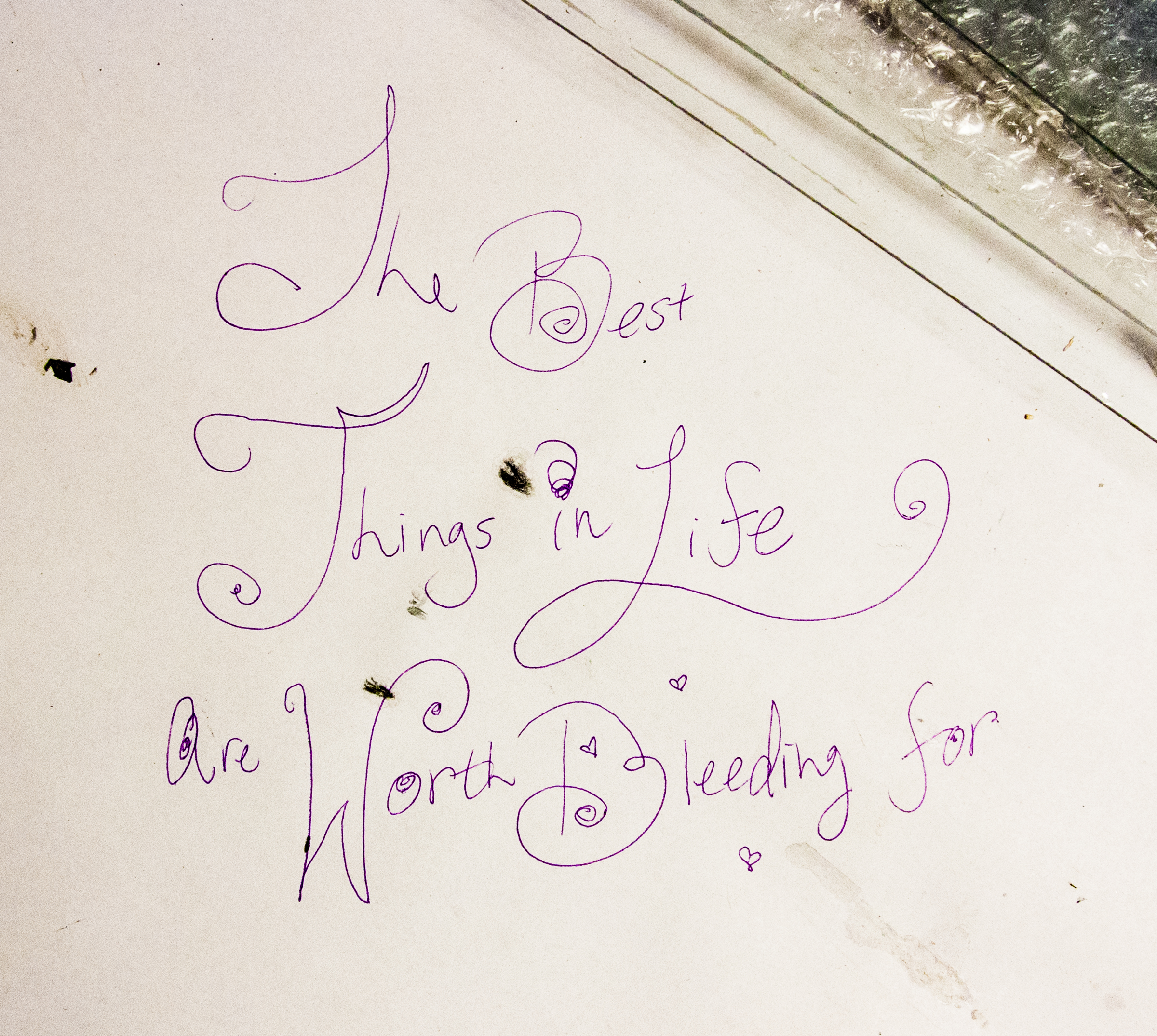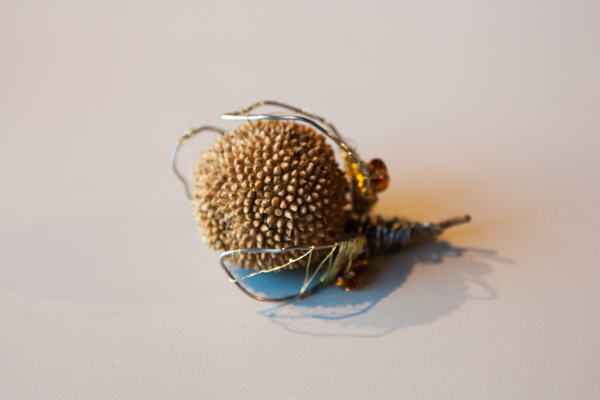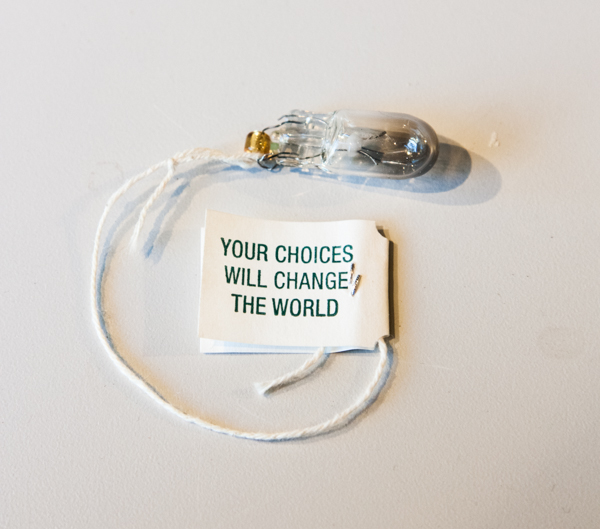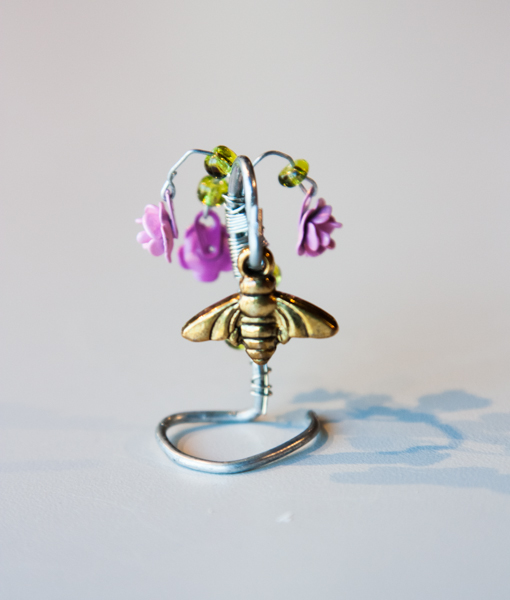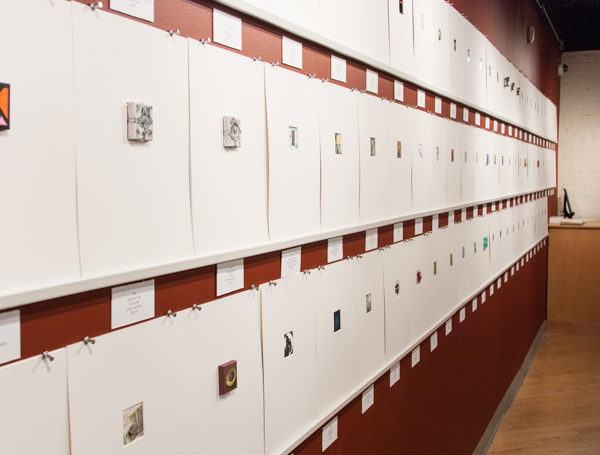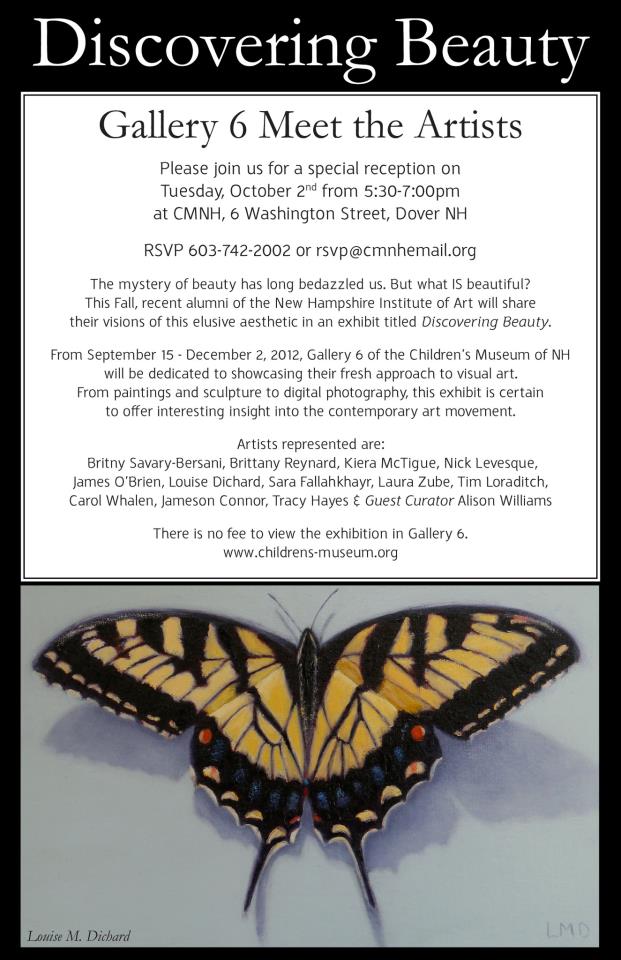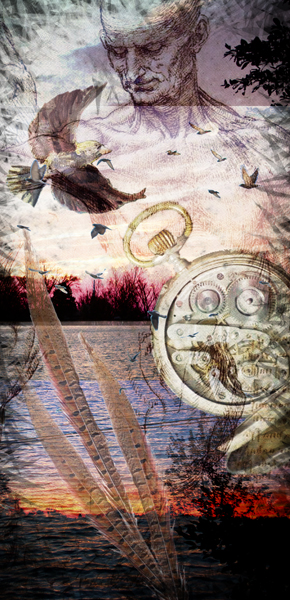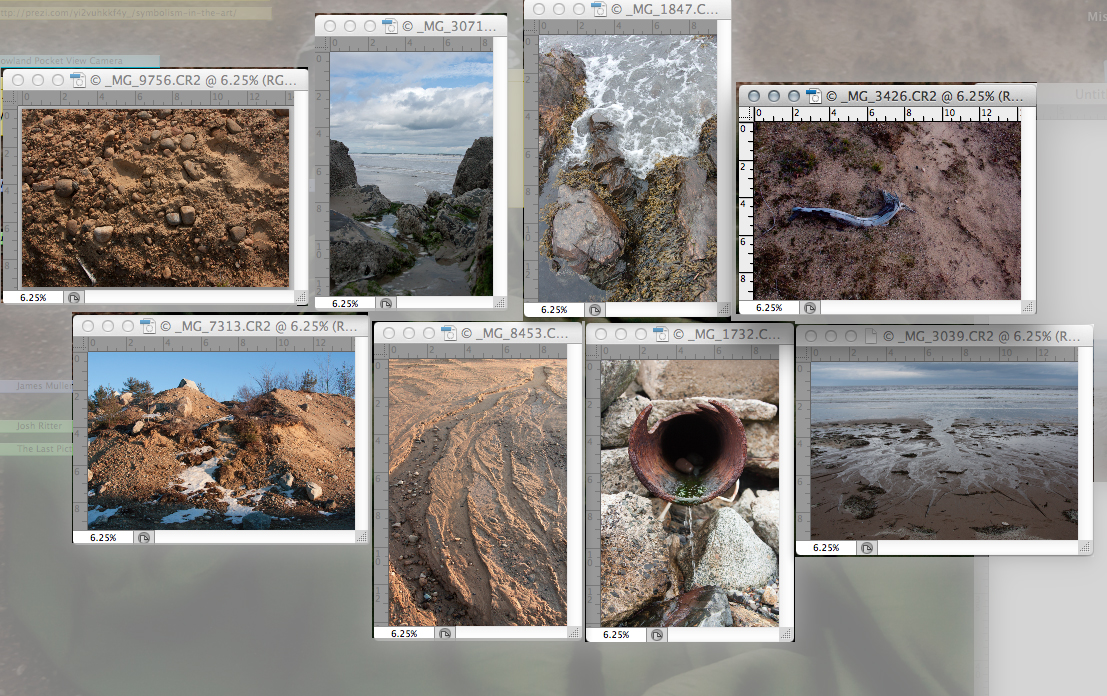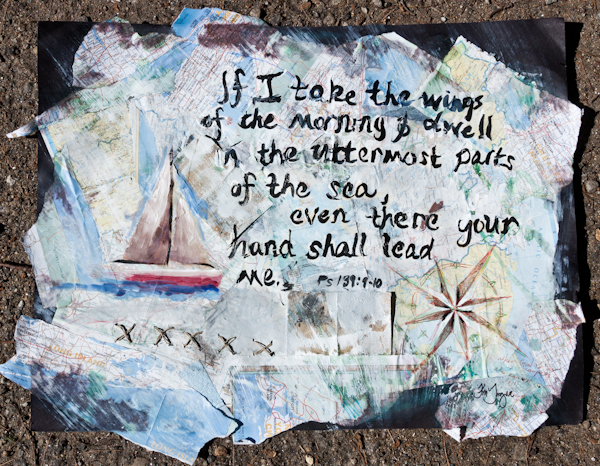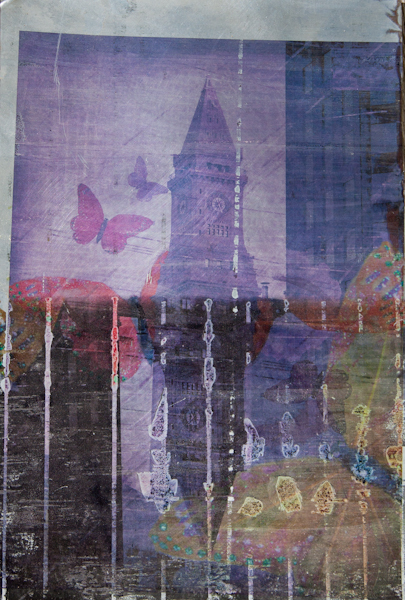I attended a lecture last Thursday by John Paul Caponigro at the New Hampshire Institute of Art. The current show up in the French Gallery is of his and his father's work. The lecture was very inspiring, and informative. He touched on a lot of things I feel strongly about. I would probably describe his work as surreal digital landscapes. I admittedly was not very familiar with his work previously, and it was very interesting to be introduced to it and have it explained simultaneously. I was not immediately drawn to it at first. The images are cold and ominous to me. He has a strong vision though, and his self-classification is as an environmental artist. His main concept is along the lines that the earth and environment are fading or are precious resources needing conserving. His images include nothing living. Water, sand, light, waves, and clouds are the main characters in his story. He spoke first of using digital techniques and photography in general versus other art forms. John Paul studied painting in collage, and said how painters don't discuss their tools as much as photographers. Painters do not think having the same brush as Rembrant will make them a better painter. Yet when someone takes a great photo, people say, "wow, you must have a great camera." The equipment does not make an artist. It is their vision that creates what they see. He spoke of taking pictures out in a field with his father, using the same camera, same lens, and same f-stop, and creating entirely different images. Once, he was invited to participate in a digital project sponsored by Olympia and he asked if he was allowed to use any manipulation. They said he couldn't do anything a normal film camera could not do and he said, why make it digital then? His point was that digital has so many possibilities and potencial and is restricted for no reason. He constantly seeks to push it farther. He often distorts, stretches and otherwise manipulates his images. I find this to be a very valid point. Any chosen medium should be chosen with care and continuousness, and, as an artist, it's possibilities farther explored. John Paul spoke on his many principals of creativity. Drawing was the first one. He showed his personal drawings and thumbnails. He had a strong drawing past, and could very accurately render images. He showed how he makes these thumbnails in photoshop that allow him to play are with compositions and elements. He recently went to Antartica, and showed how he broke it down into a few key elements: iceberg, moon, horizon, water, clouds and mountain. He drew theses things in Photoshop and the played with different arrangements, scales, and orientation. Clouds in the water, mountains upside down...
Composition was another key. There are standard compositions used in landscape, such as a leading path, a frame, and layers, and then combinations of these. He also spoke about aspect ratios. He doesn't use a standard one, but allows the image to inform the ratio. I appreciate that. Many people would probably argue against it, and doing this makes him a rebel against tradition, which he is anyways due to his manipulations. Doing this shows the flexibility of his medium. Also, he doesn't follow the rule of thirds. He may use it, but not to the exculsion of halfs, eigths, quarters and twelfths. He said musican don't ont cut the occative in half or thirds, but create a sectrum of notes.
Color was the other key aspect. He should how he sometimes makes finished images into large pixel thumb nails that allow his analyzed the colors, and showed charts from color theory. Color also creates space and mood.
Writing was a slightly surprising point as well. He said to make list, like a bucket list, to determine priories, and how writing things down makes toy more likely to come to past. He also showed hw he might story board "characters" from the story he is trying to tell. He photographed sand dunes in Africa twice. The first time, he returned without images he was very inspired by. As he worked on them, he began to see the waves appear and realized these images were connected to his story of water. When he returned, he was much more pleased with his results.
I asked a question at the end of his lecture, saying how his images are strongly cohesive and if he contiously chose a direction ofr if it was directed by concept. It sonded like a little of both. He spoke about exploring an idea and filling it out, and how Picasso had a blue phase and a pink phase, yet it was still strongly his work. John Paul had shown us some of his iPhone images and said how when he sells these images, he sells them as sketches. He talked about keeping clarity of brand. What do you want? What are you saying? Attending this lecture inspired me to continue to push my art in unexplored directions and to pursue the story I want to tell.


